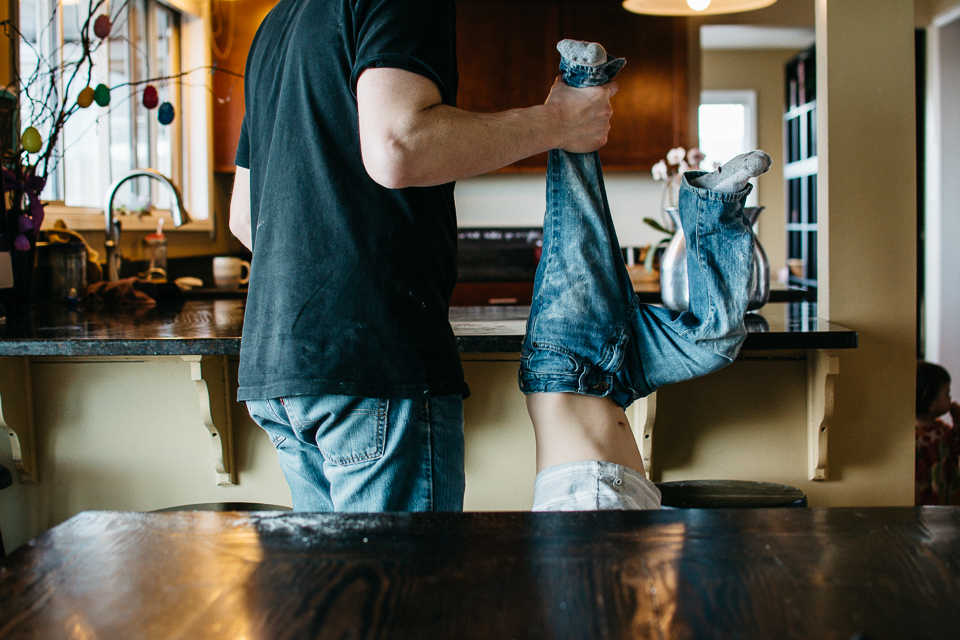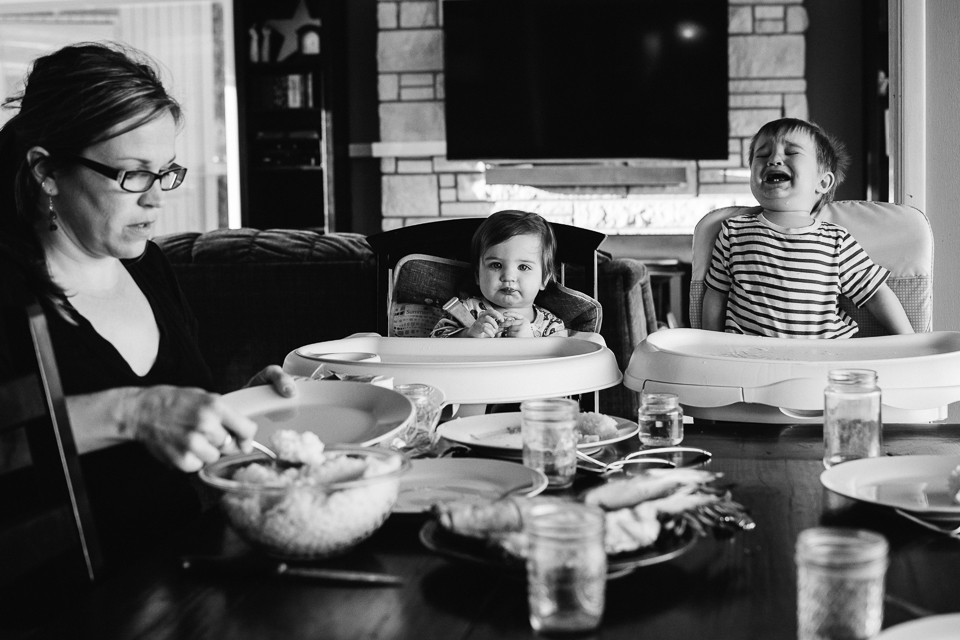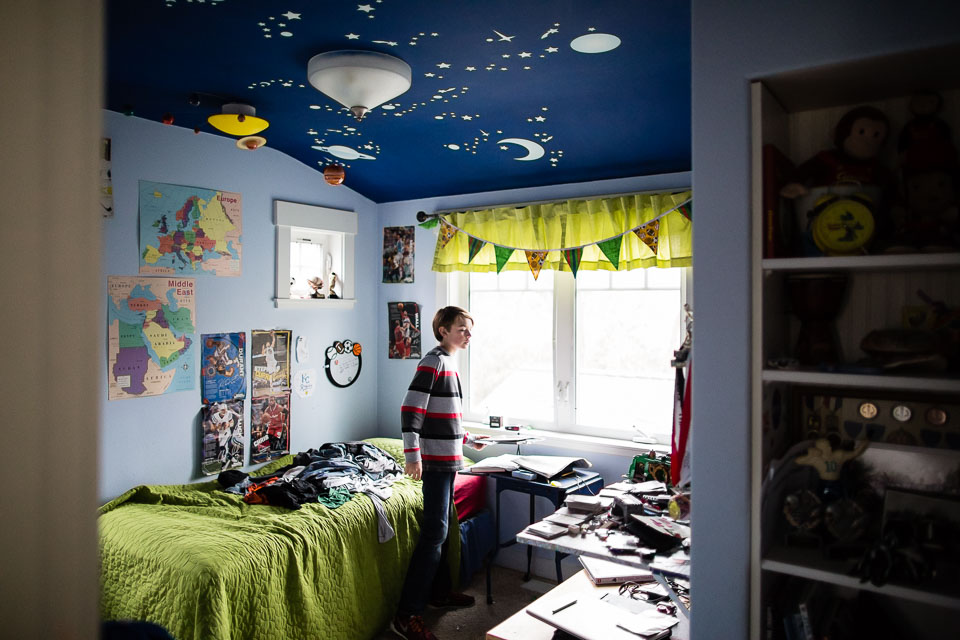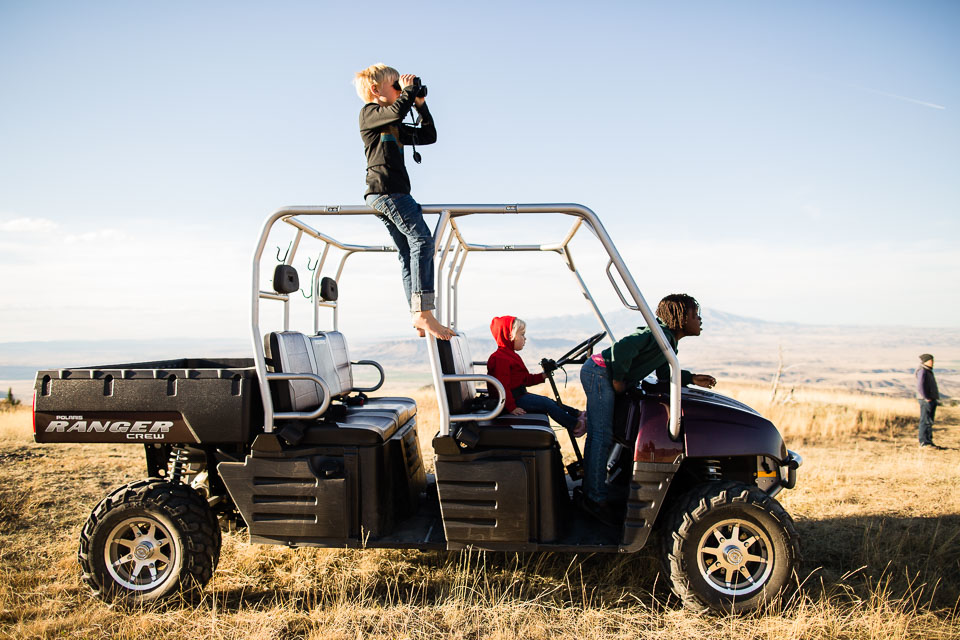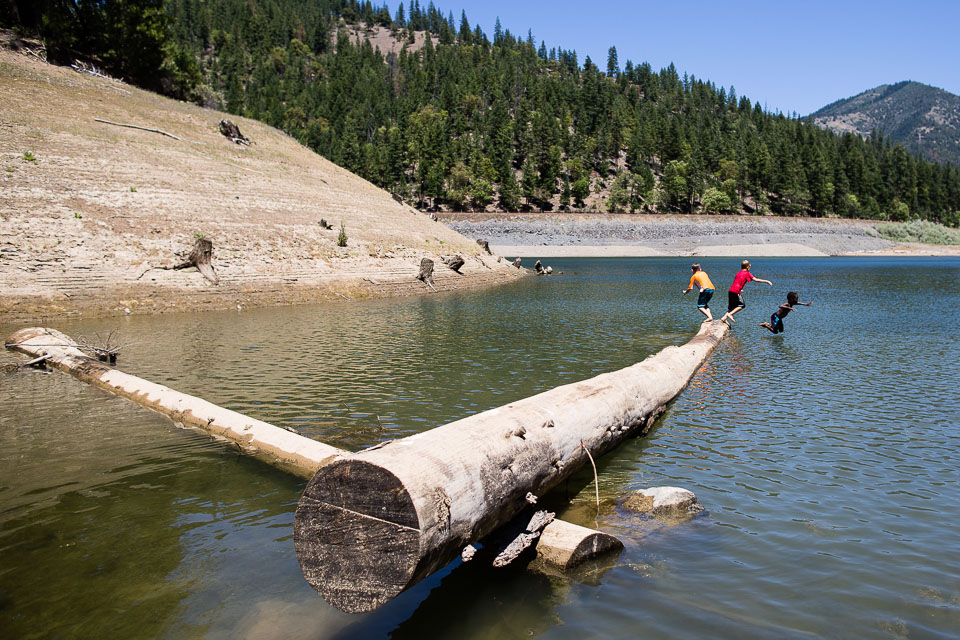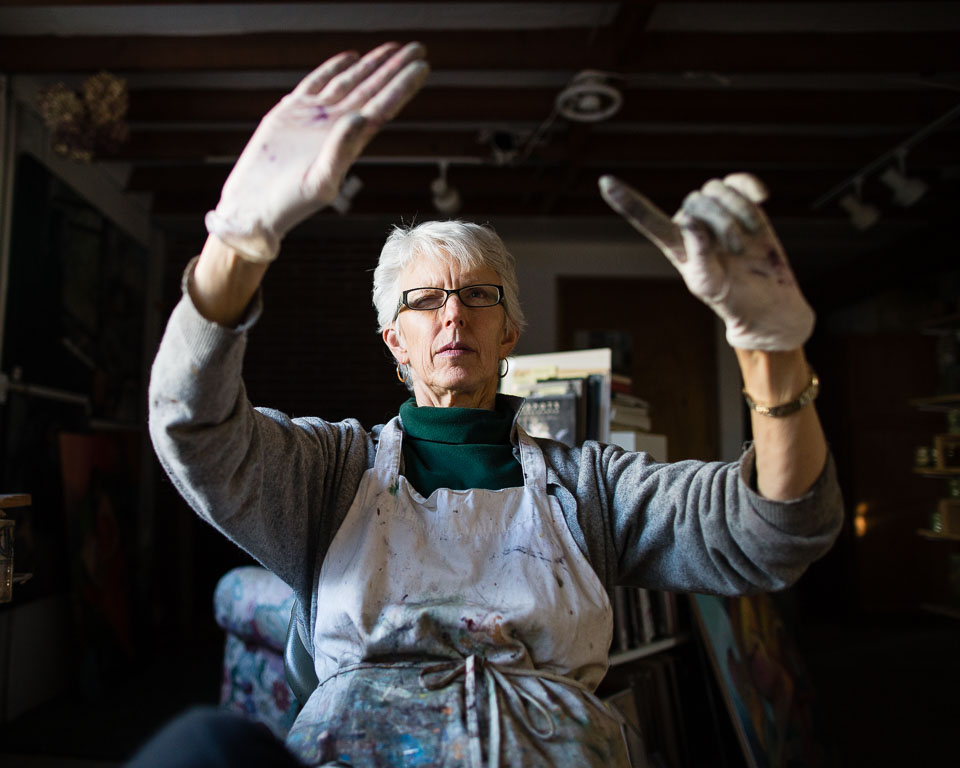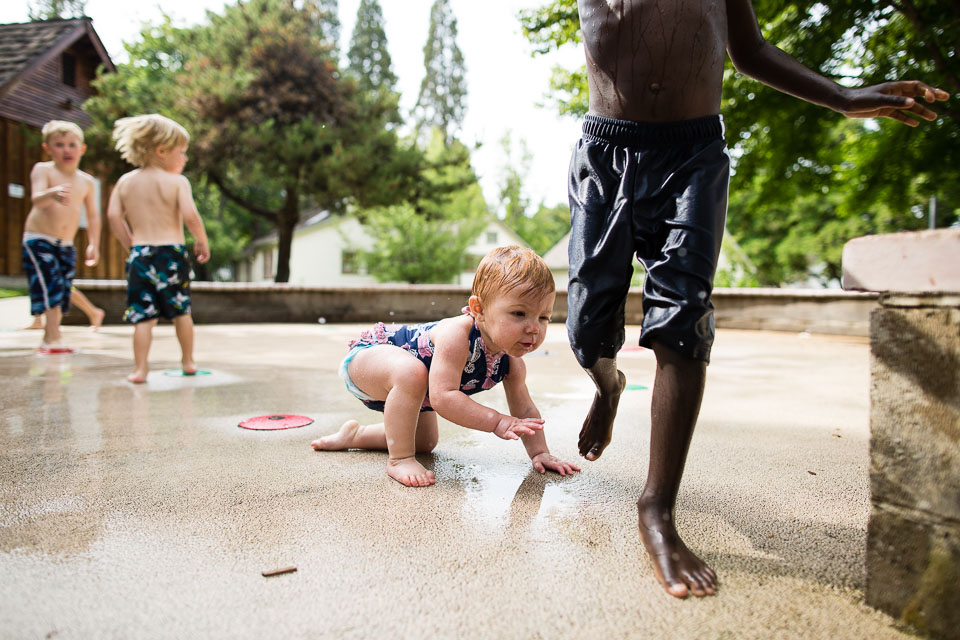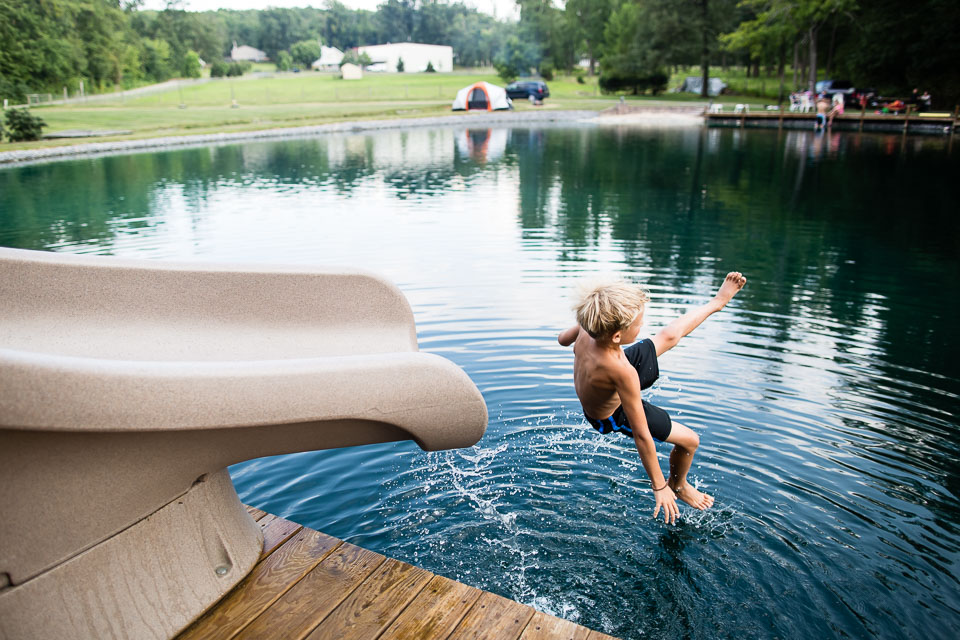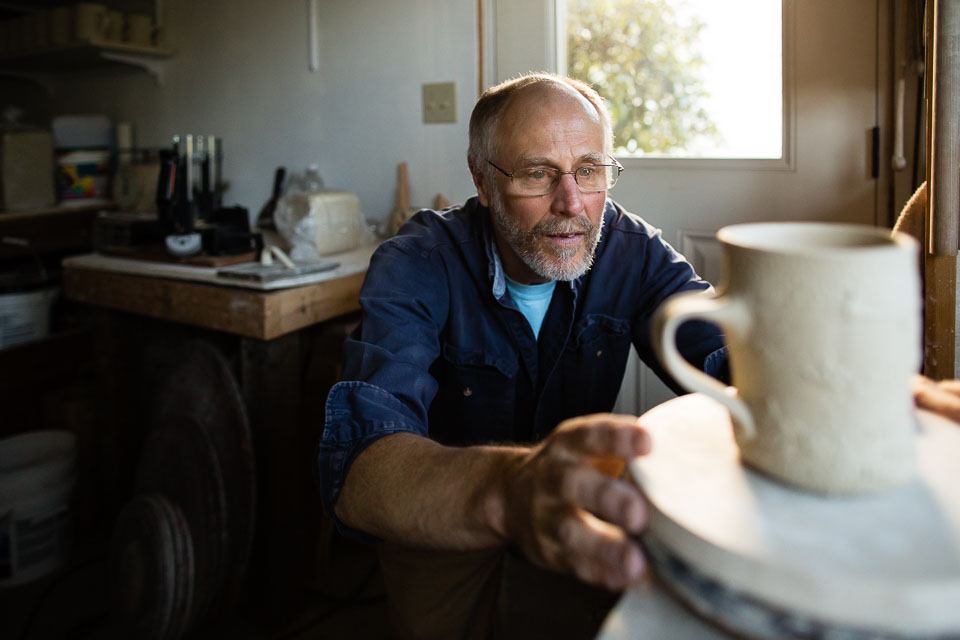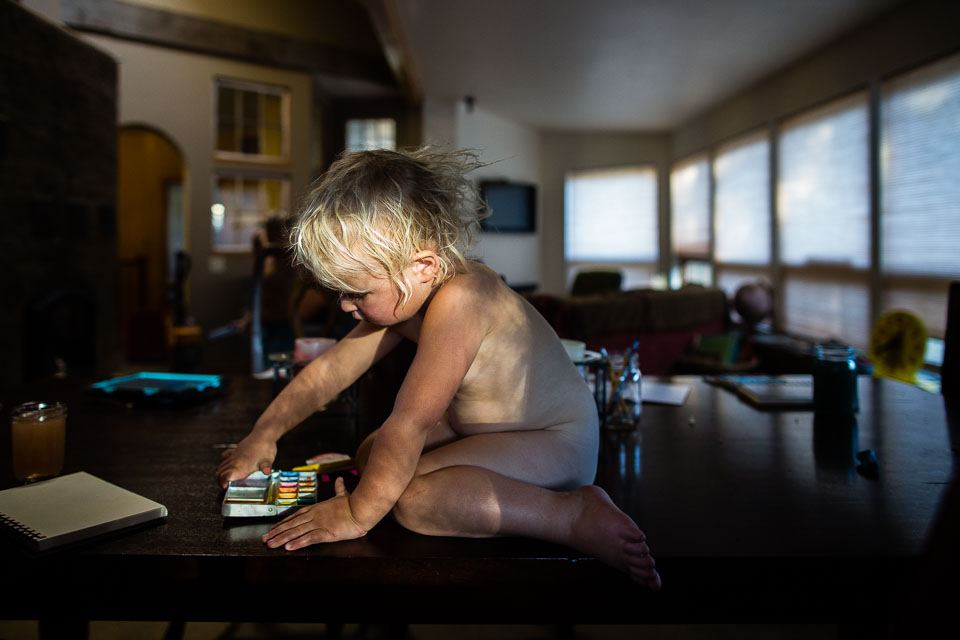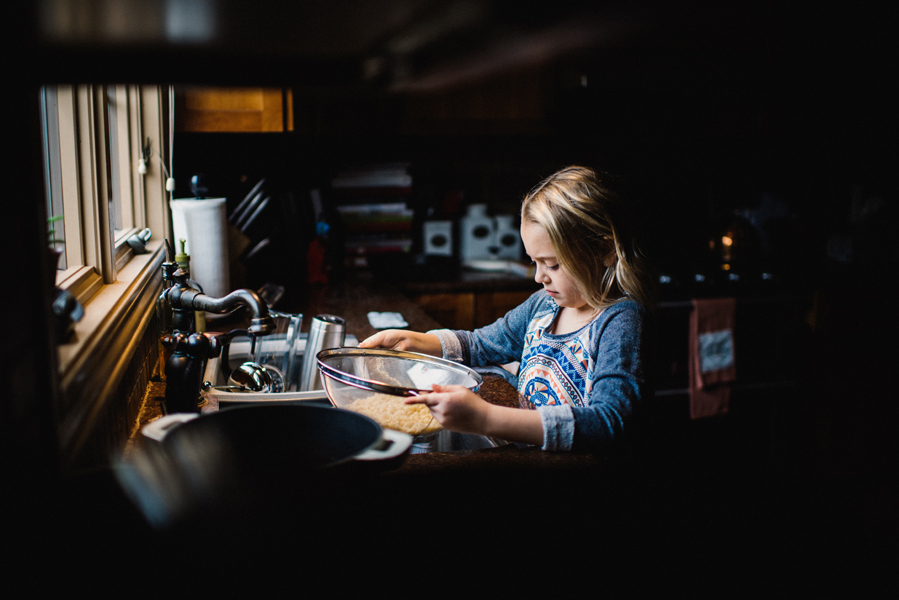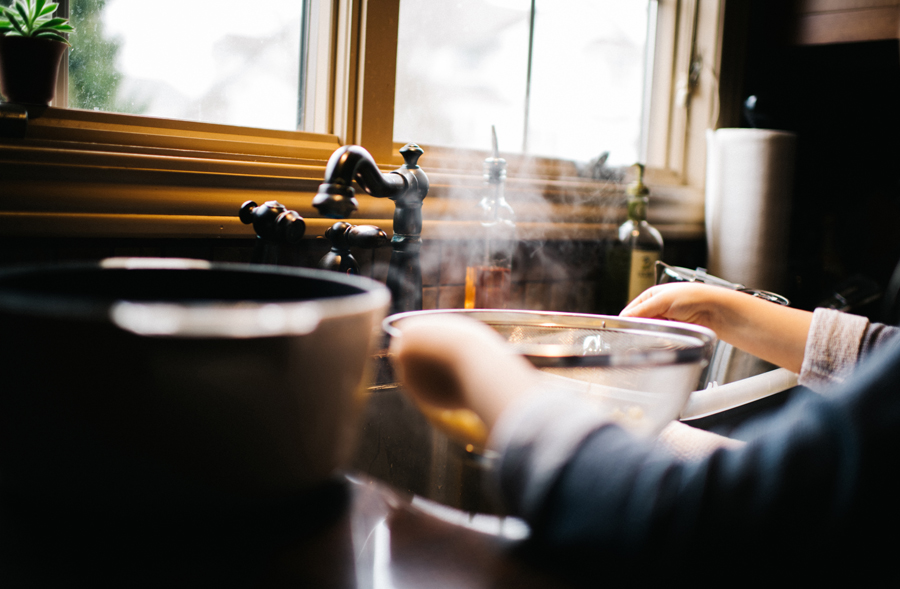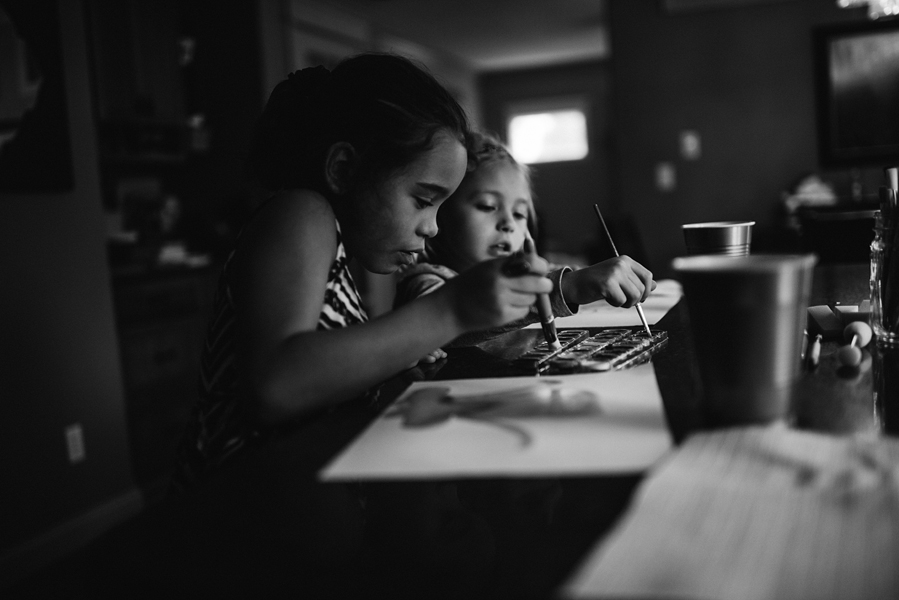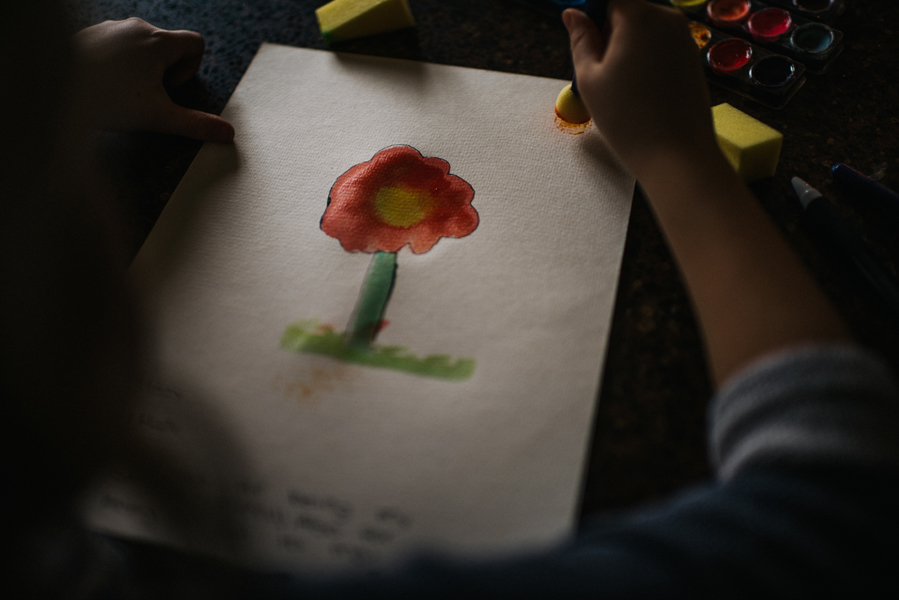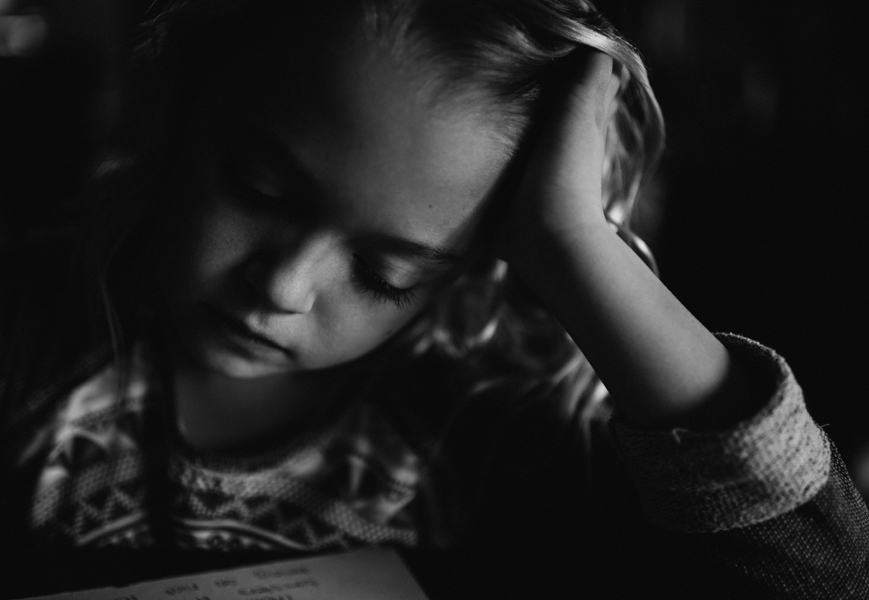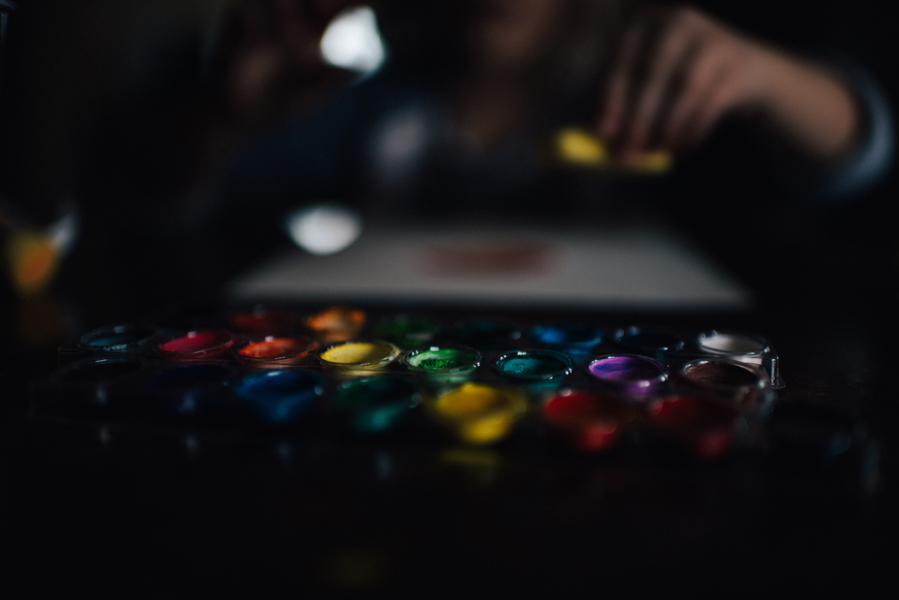Today we are featuring Marine Poron from Paris, France. She is a mother of 2 and photographs families. In her own words, “I photograph families like mine, looking for that unique link between each member. What moves me ? Love, of course! I’m addicted to emotions, I like the laughter, the tears of joy, and the impression they leave in our hearts. I love family albums, how they trace our history and define us. That is why I really think it’s important to keep beautiful images of the highlights of our lives.” Below is a little more information about Marine and how she works alongside some of her beautiful images. You can catch up with Marine on the internet at her website, on Facebook, and Instagram.
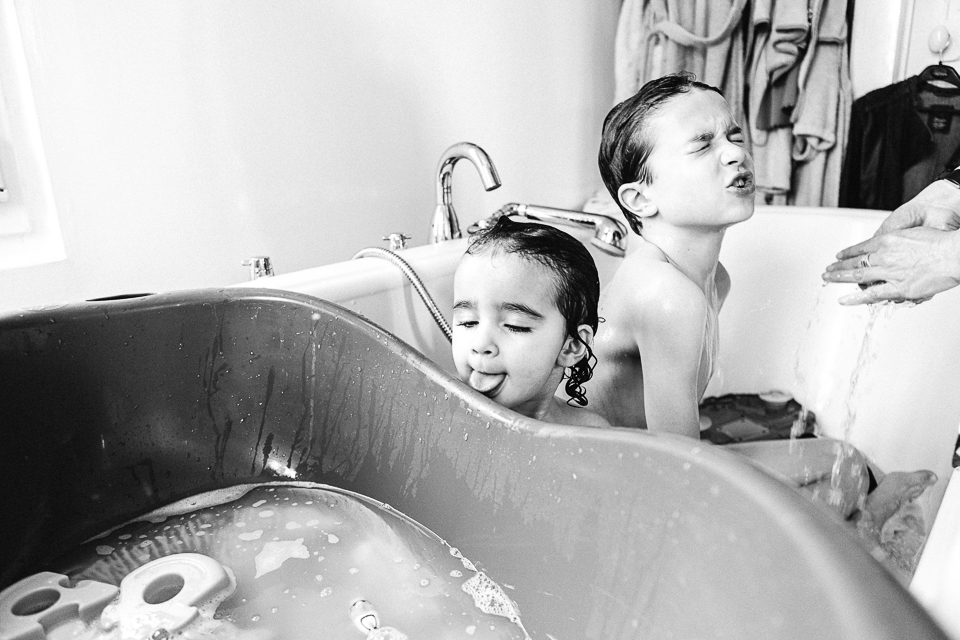
How is the landscape photography in France different from what you know of the U.S.? Are there as many photographers? Is documentary photography more widespread / mainstream out there? How do you think people’s attitudes to being photographed might be different due to cultural differences?
Yes there are many photographers in France, and the offer is very varied. Nevertheless, I do not think the tradition of being photographed is as widespread as in USA.
Generally, people hire a photographer for the first time on the occasion of their wedding or the 1st child. I think in the minds of french people, Family photography remains the “family portrait” by excellence: studio photo or posed photography. Documentary practice in this context is very little known. The wedding reportage is well known, and a must if bride and groom are looking for a genuine and candid approach of wedding photography,. Lifestyle couple or family session are also frequent but real documentary approach is confidentiel. This approach is the form of photojournalism. It is for newspapers and news broadcasts, people didn’t imagine applying it to family or couple photography. Most people document themselves, their daily lives, and will not think to call a professional photographer for this. We are in the early development of this type of practice.
Also, maybe this is a cultural differences, the fact of being photographed or be the center of attention, is not in the habit. We have not a self esteem culture (maybe it’s changing with the younger generation), more a sort of self restraint. Also, I think that the intimate space is more protected than it seems to be in US, and we (wedding and family photographers) often have display restrictions by customers who do not want to see their pictures in public places. Display (blog, book, social network, etc.) of our images is not automatic. We have a strong legislation about that.
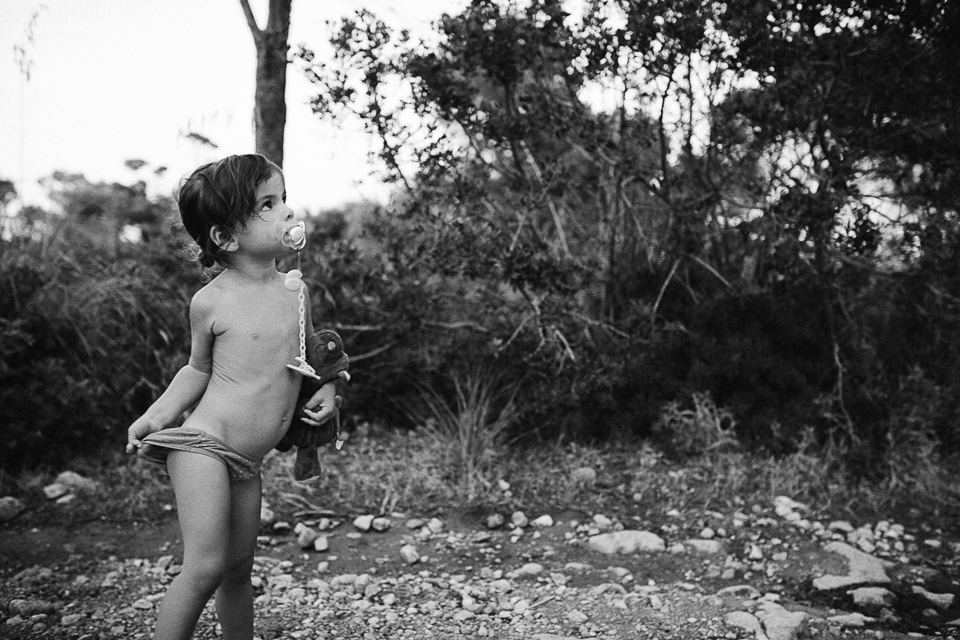
You capture beautiful pictures in your body language! Do you find customers drawn to the pictures that might not showcase each persons face, aim rather body language, or do you find the need to explain why you include some images?
Thank you! I do not have much problem on that side. Although the French are looking on respect for their private lives, they are less on mastering their image. My clients are not looking for “pretty pictures” or being magnified by the pictures, it’s another art of photography and I have many colleagues who do that very well.
What my clients are looking for is the expression of family love, the strength of connections between family members, small details of everyday life that characterize them, real family life … I like to remind my clients if necessary, what they feel when they look at a picture of a very dear person : Are they seeing the untidy hair, a few extra pounds, mismatched clothes etc. No! They see the person they love and all the tenderness of the beloved. I think when a picture is strong enough, it makes sense and it tells a story, there is no discussion with the person.
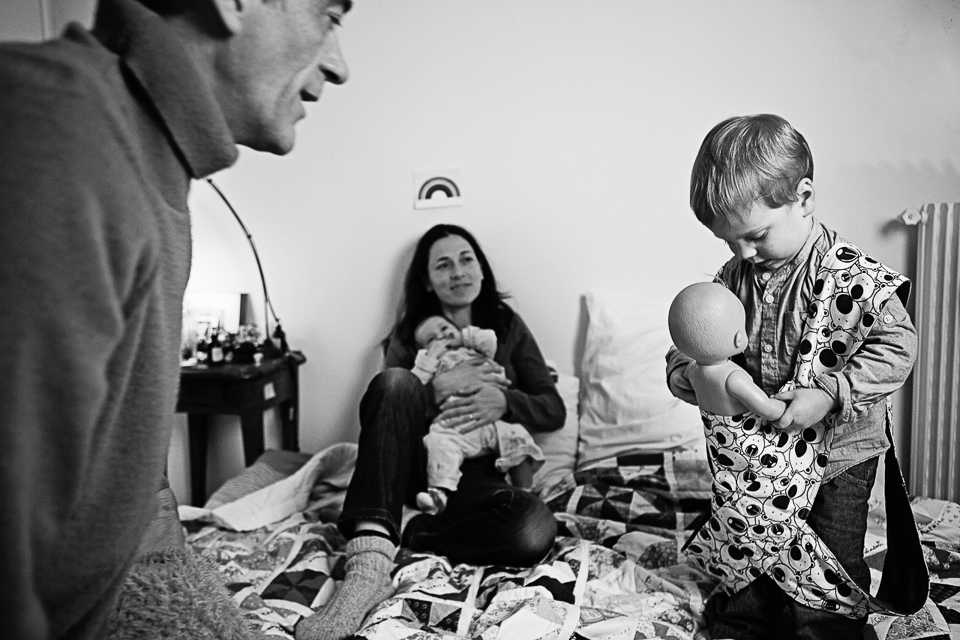
Layering appears to be a common theme in your work. Is that something you do instinctively from your days as a photojournalist or are you making the decision to add depth by layering your subjects in the frame?
Yes, it’s true. I like overlay planes, not all my images but many. It is a way of telling a story in a single image, comparing different informations, sometimes adding humor, contrast. Yes, you’re right actually, I think I try to answer the 5W (What Who Where When Why) Yes, it probably comes from my training of photojournalism.
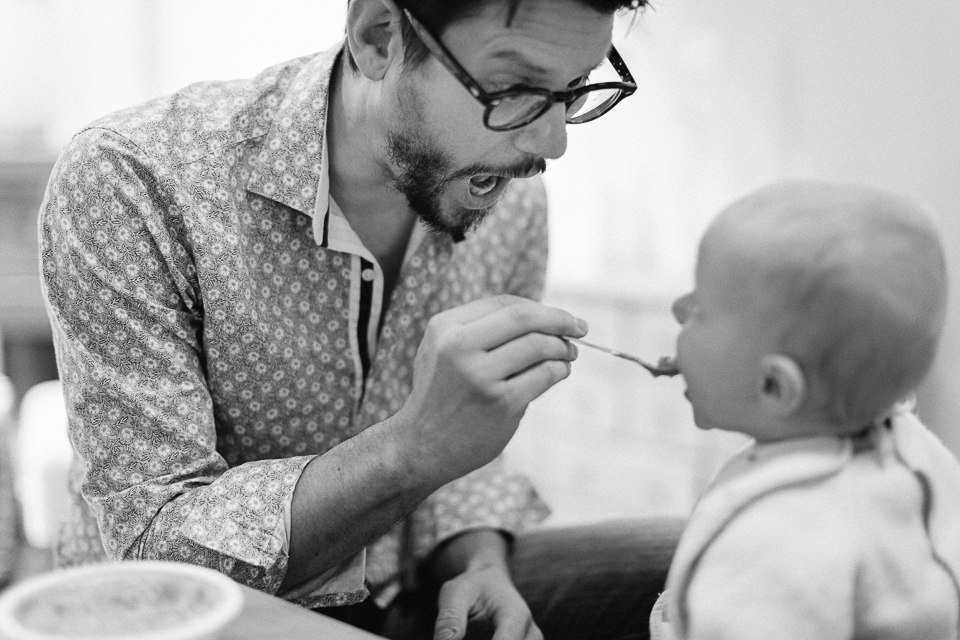
What other artists or journalists would you list as personal influences?
I have many inspirations , photographer, painters, artists, writers or filmmakers, people who touch me for many different reasons (creativity, storytelling, strong composition, poetry etc.), for example :
William Klein, Koudelka, Cartier Bresson, Brassaï, Mary Ellen Mark … painters Fra Angelico, classical Italian painting, Modigliani, contemporary artists: Cindy Sherman, Sophie Calle, JR. I like Jim Jarmusch and Pedro Almodovar films, I enjoy reading …
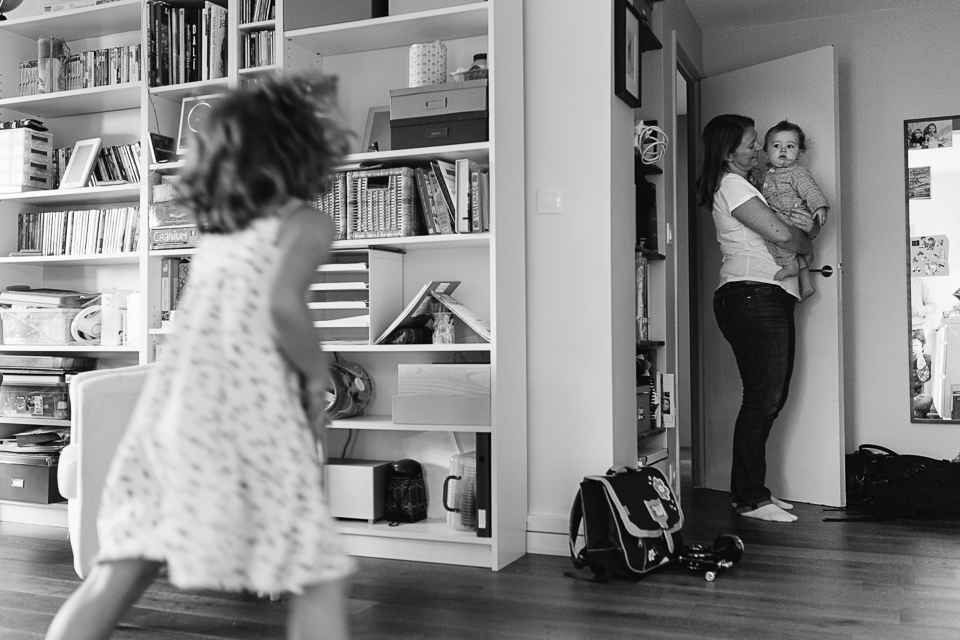
What is photography one skill you are interested in learning or mastering this year?
I gave myself the following objectives: to focus on simple images, frontal work around natural light, make it a strong element of my images, working with joy and fun, always.
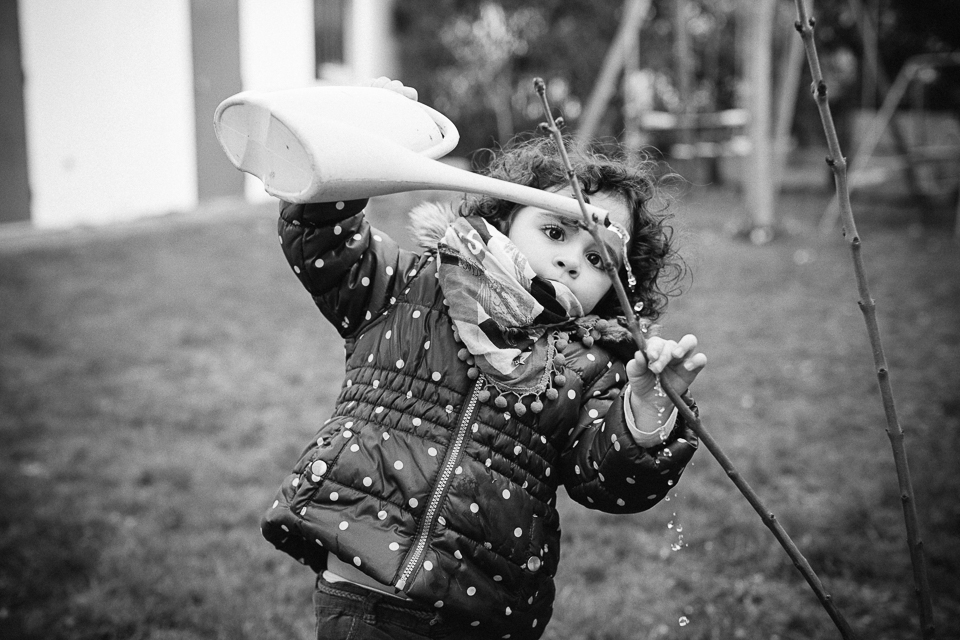
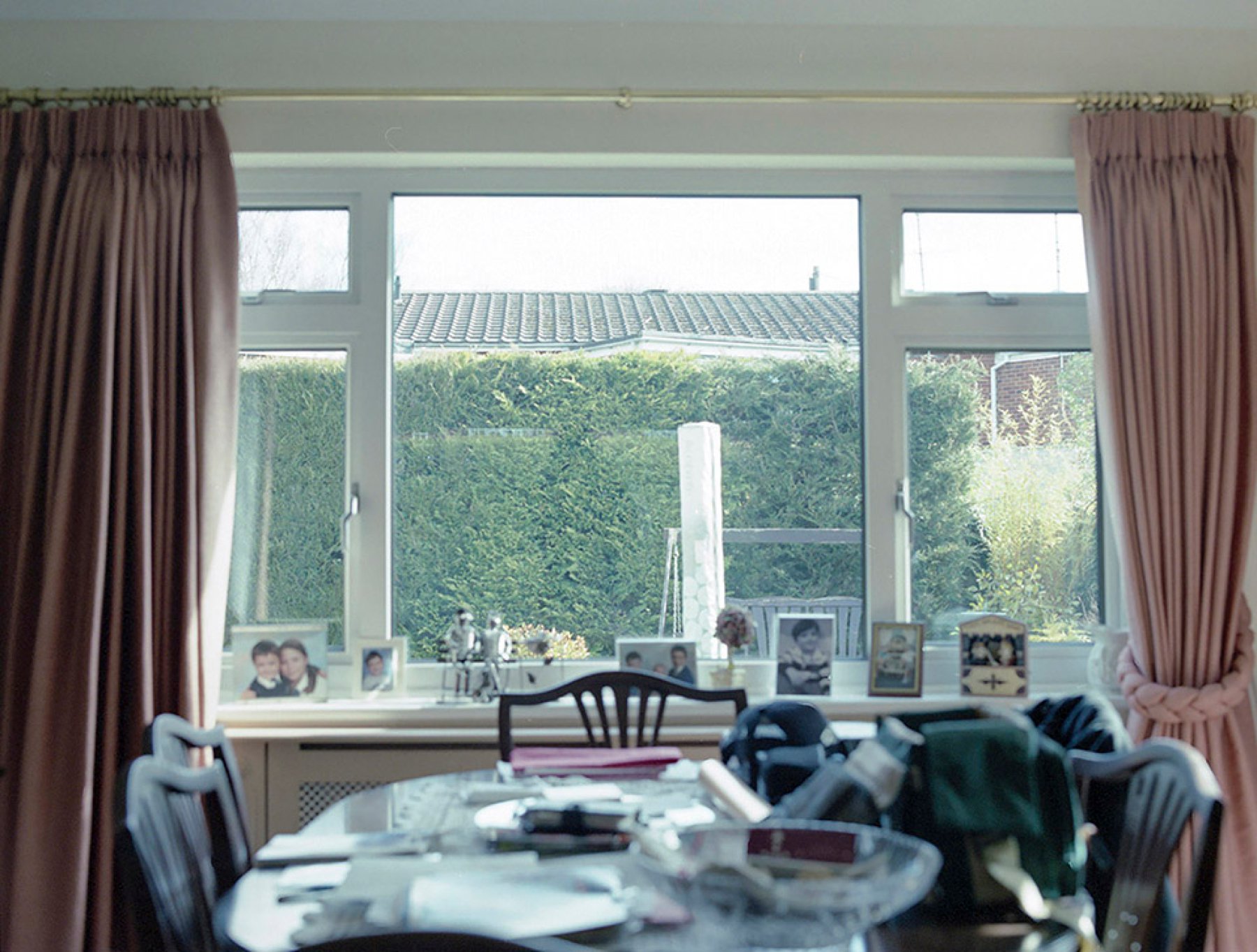
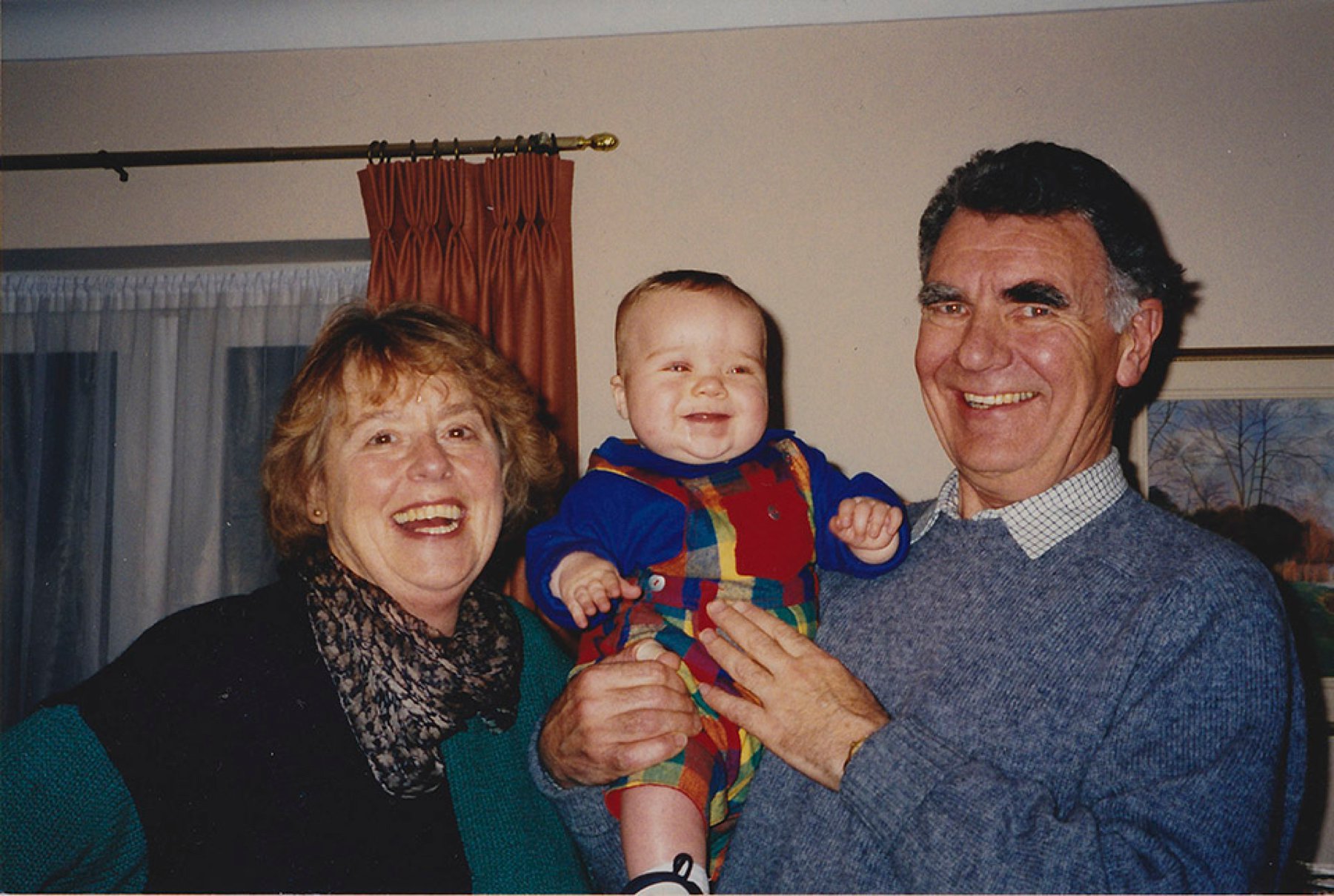
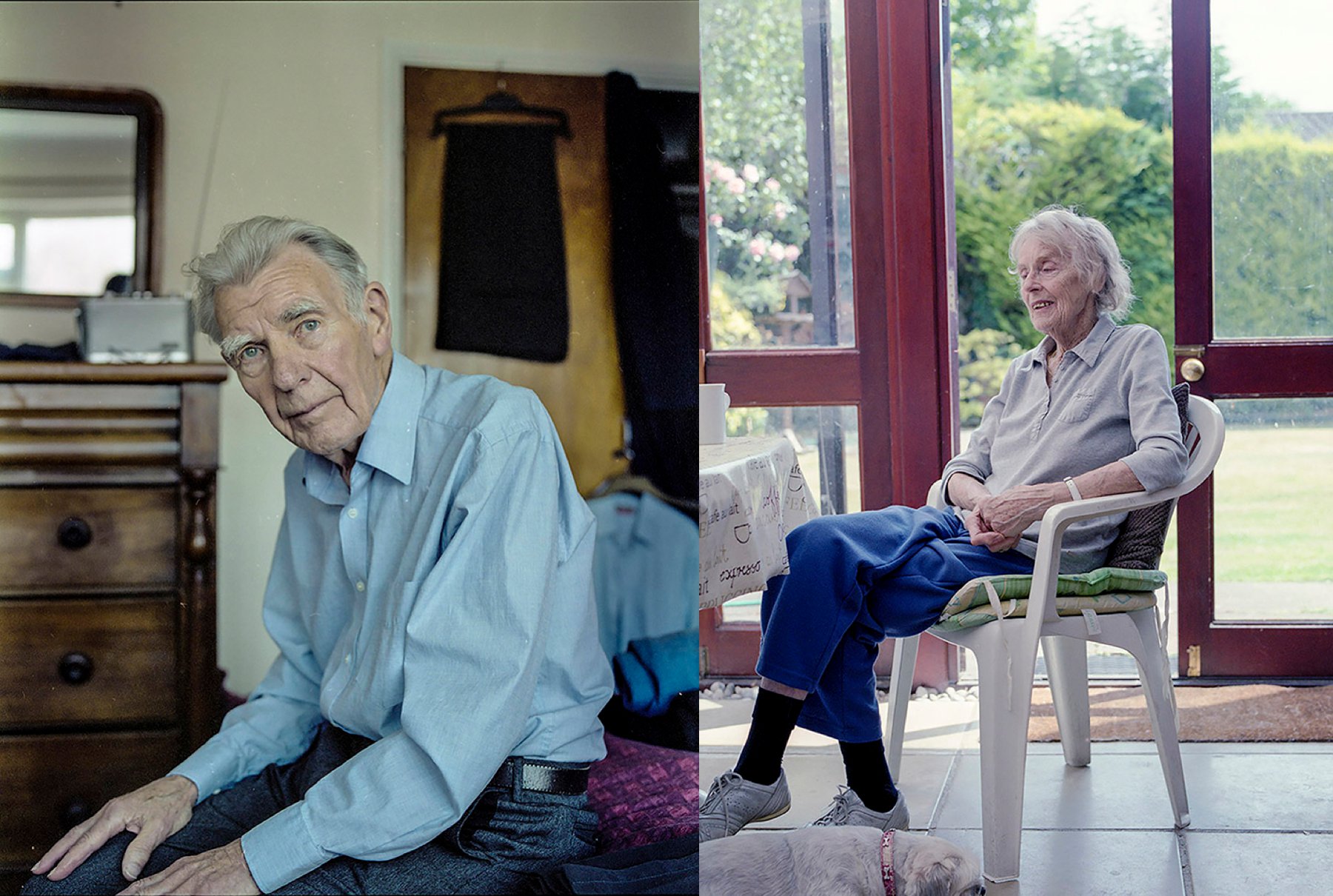
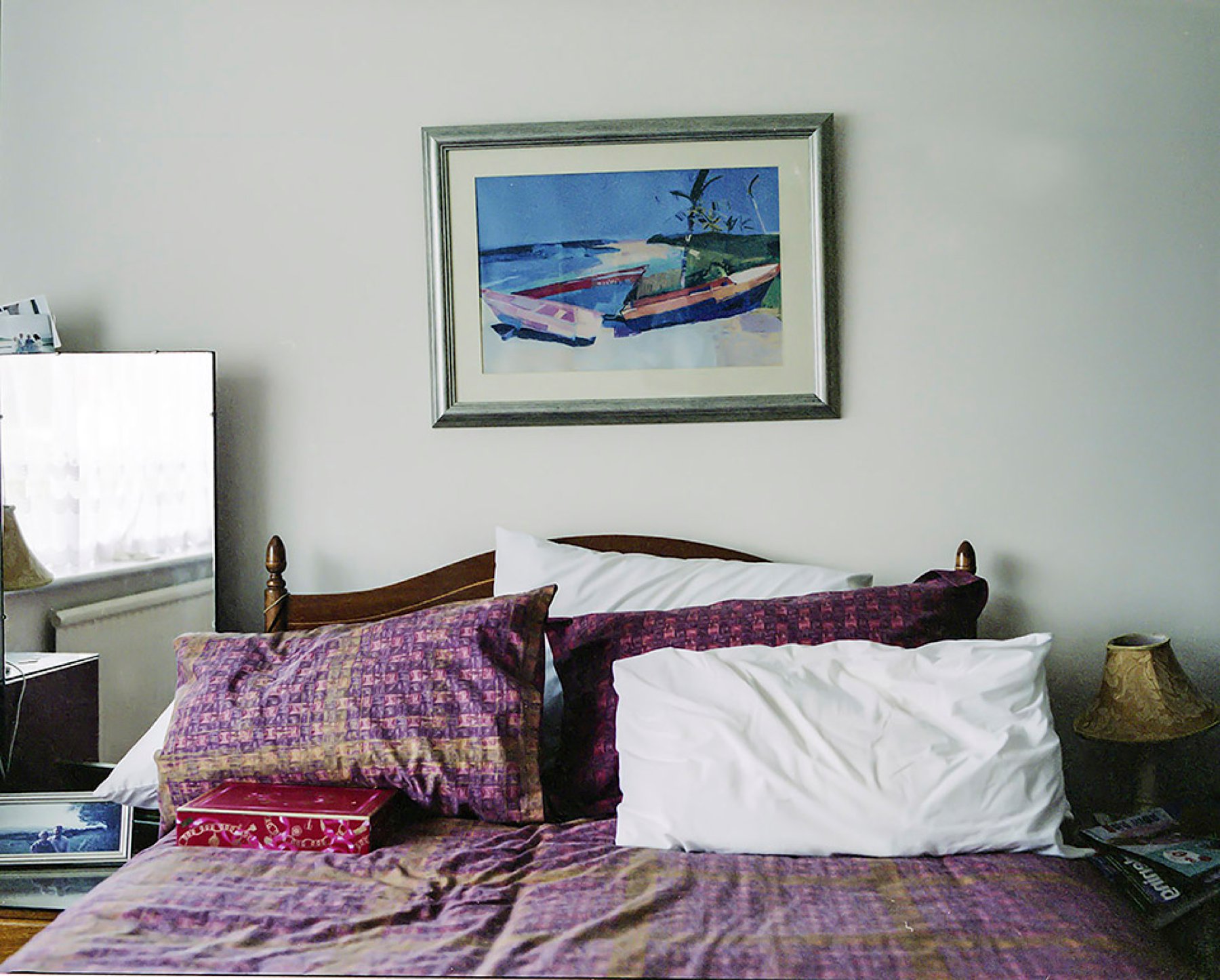
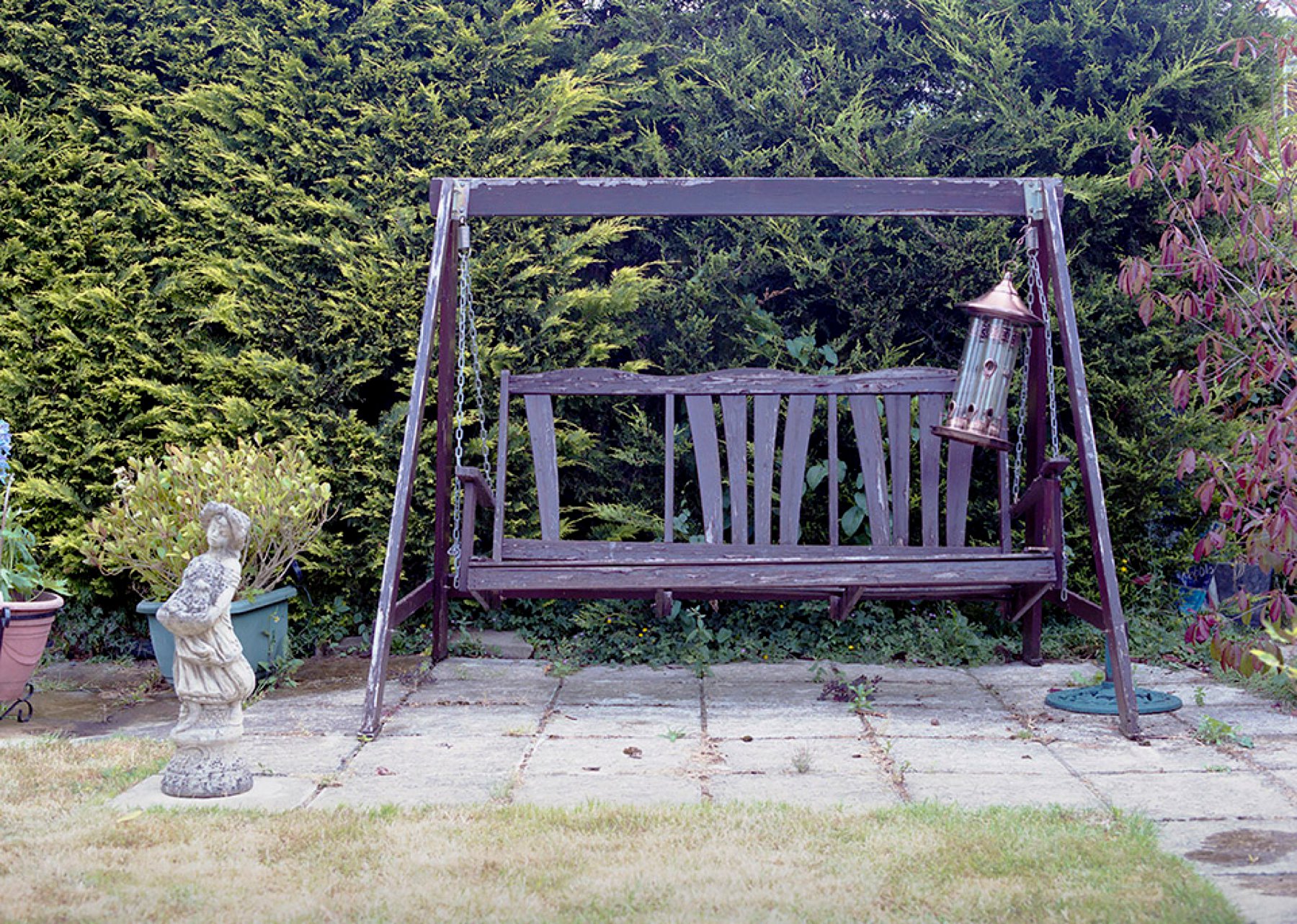
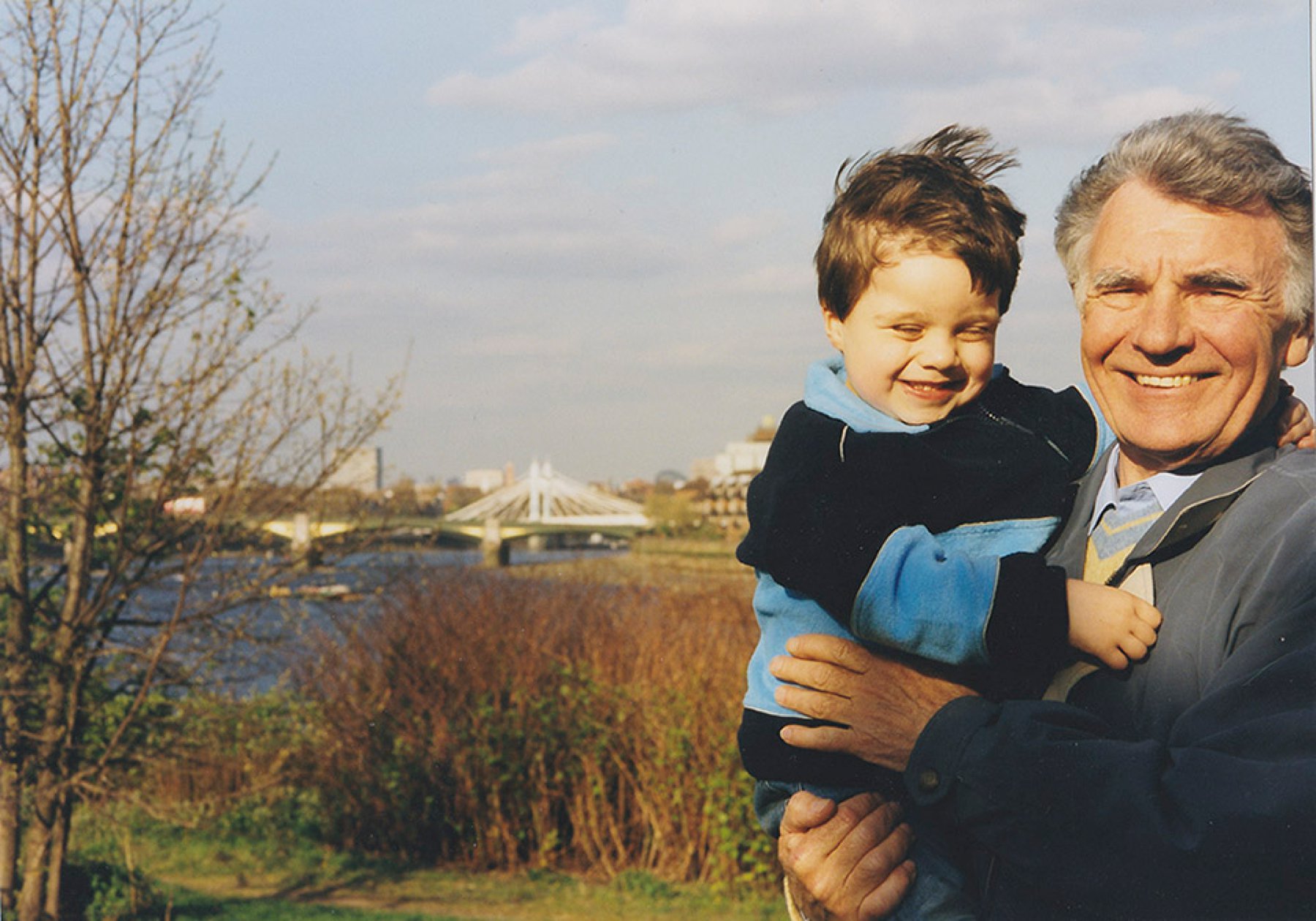
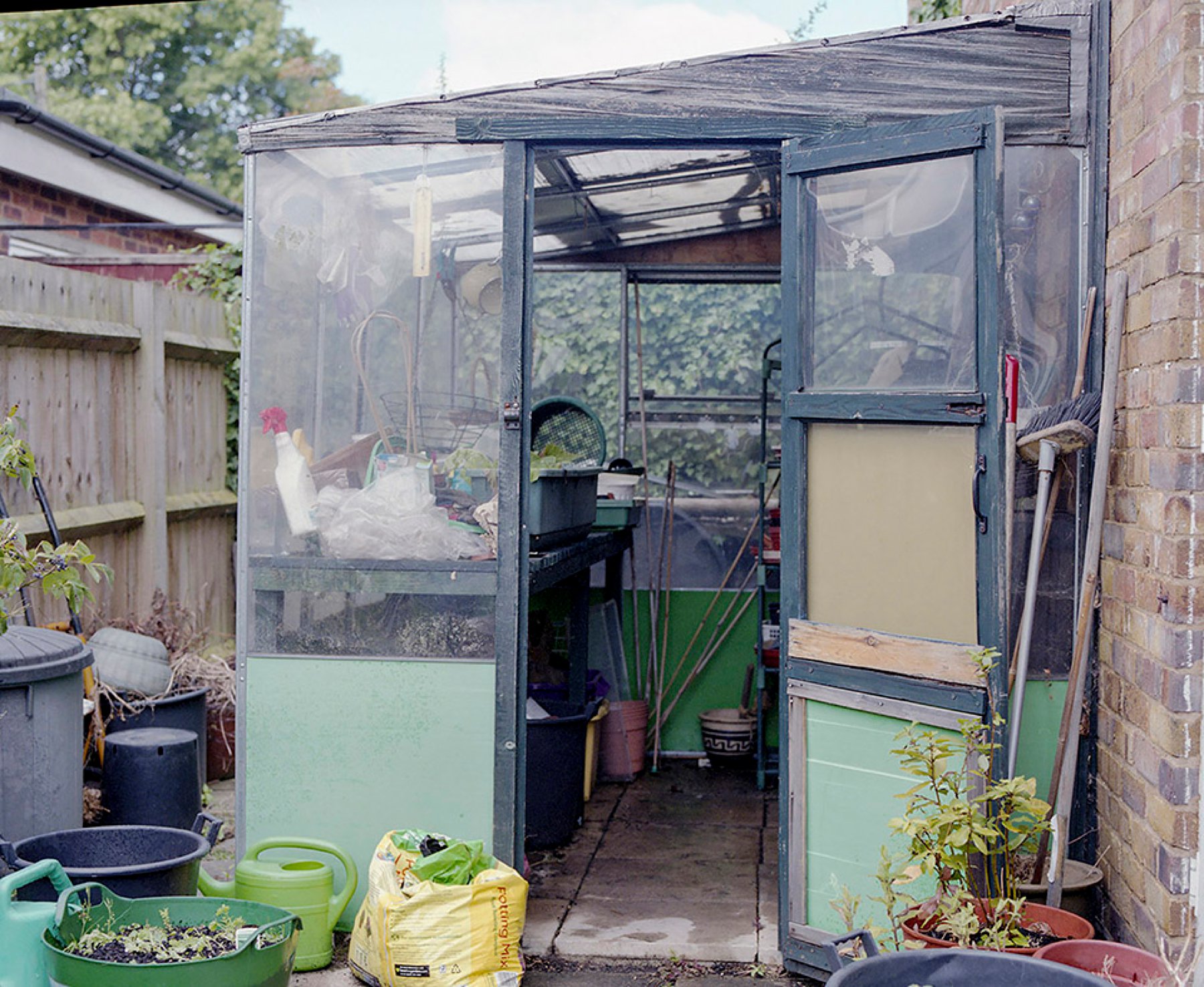
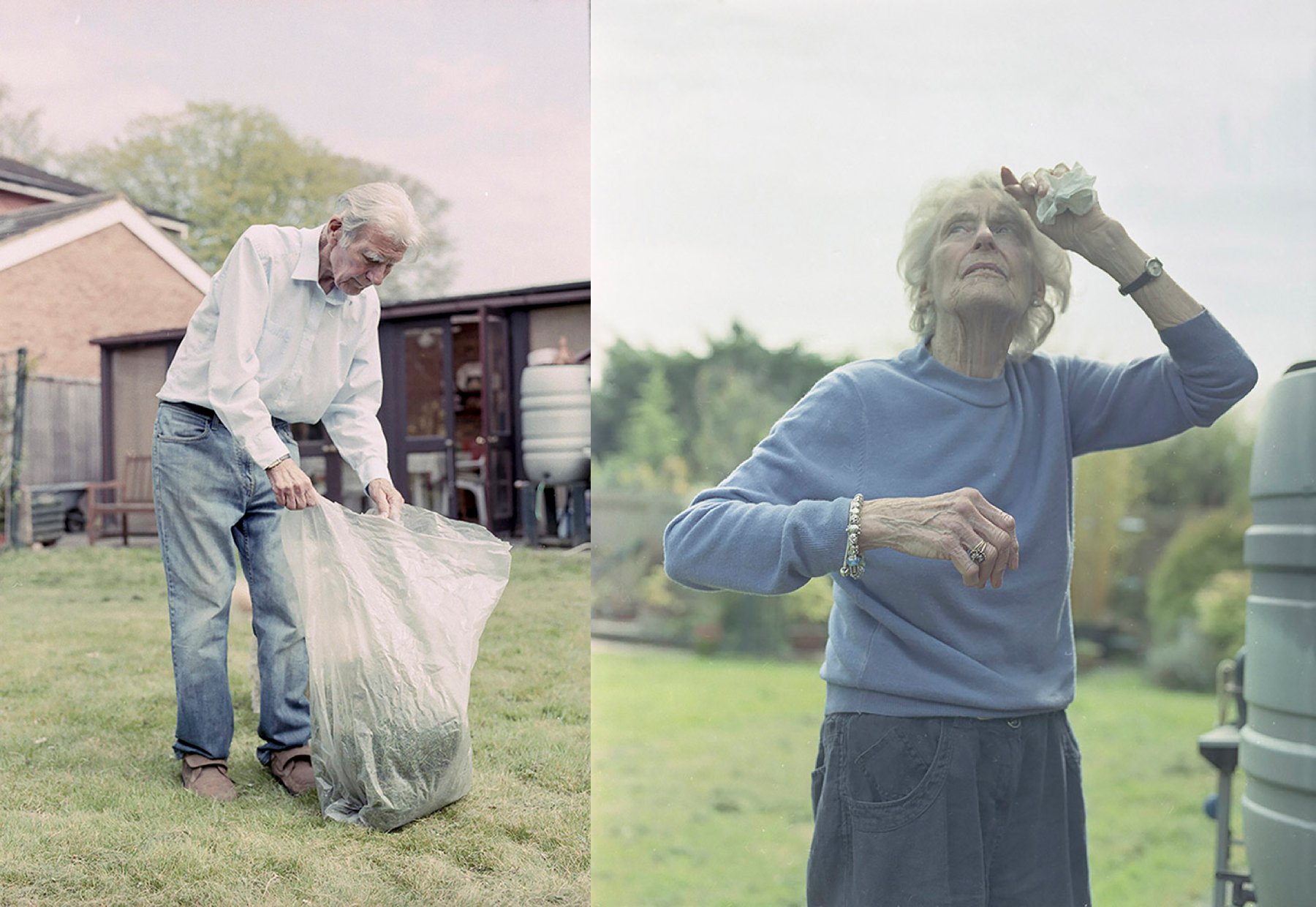
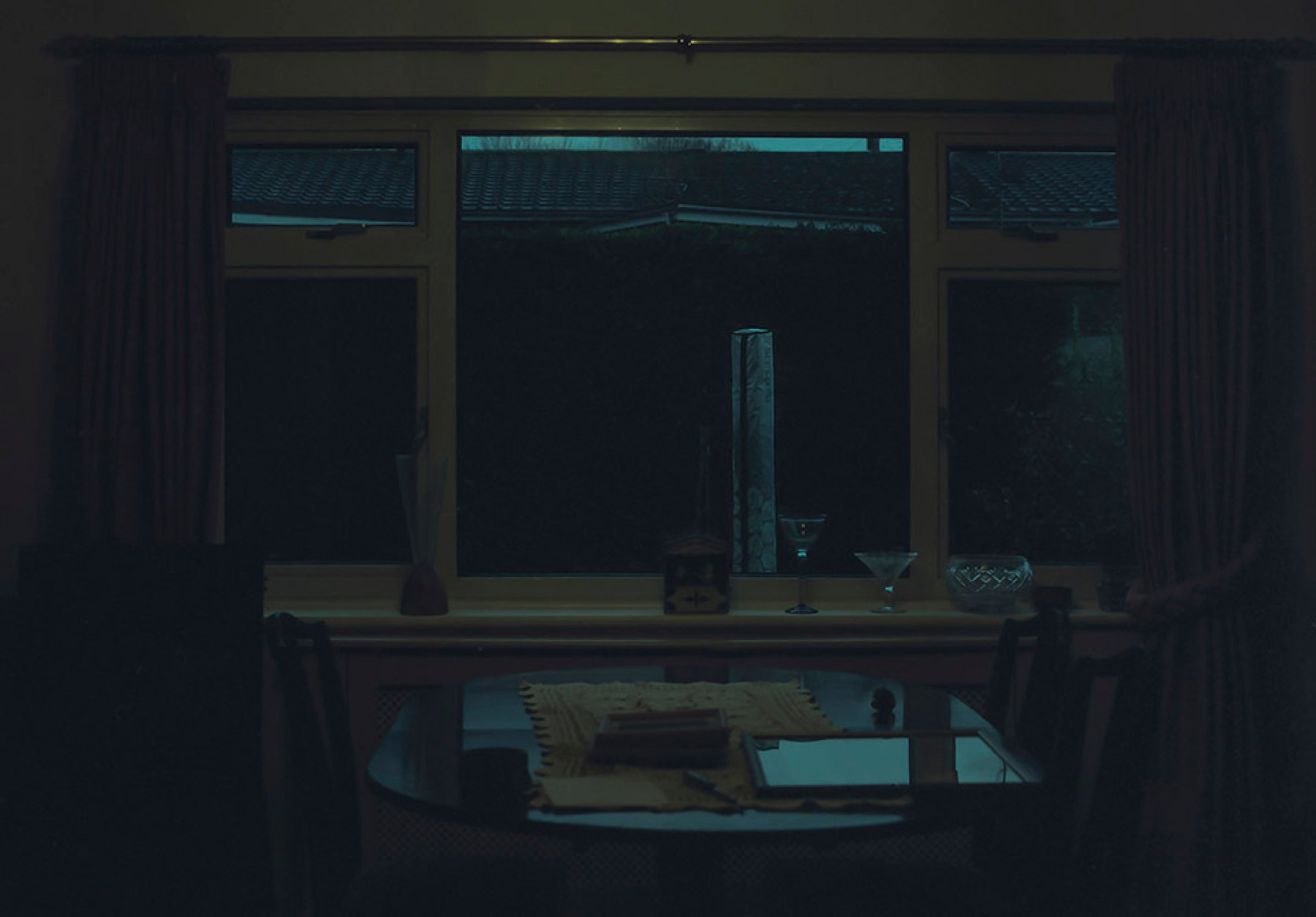
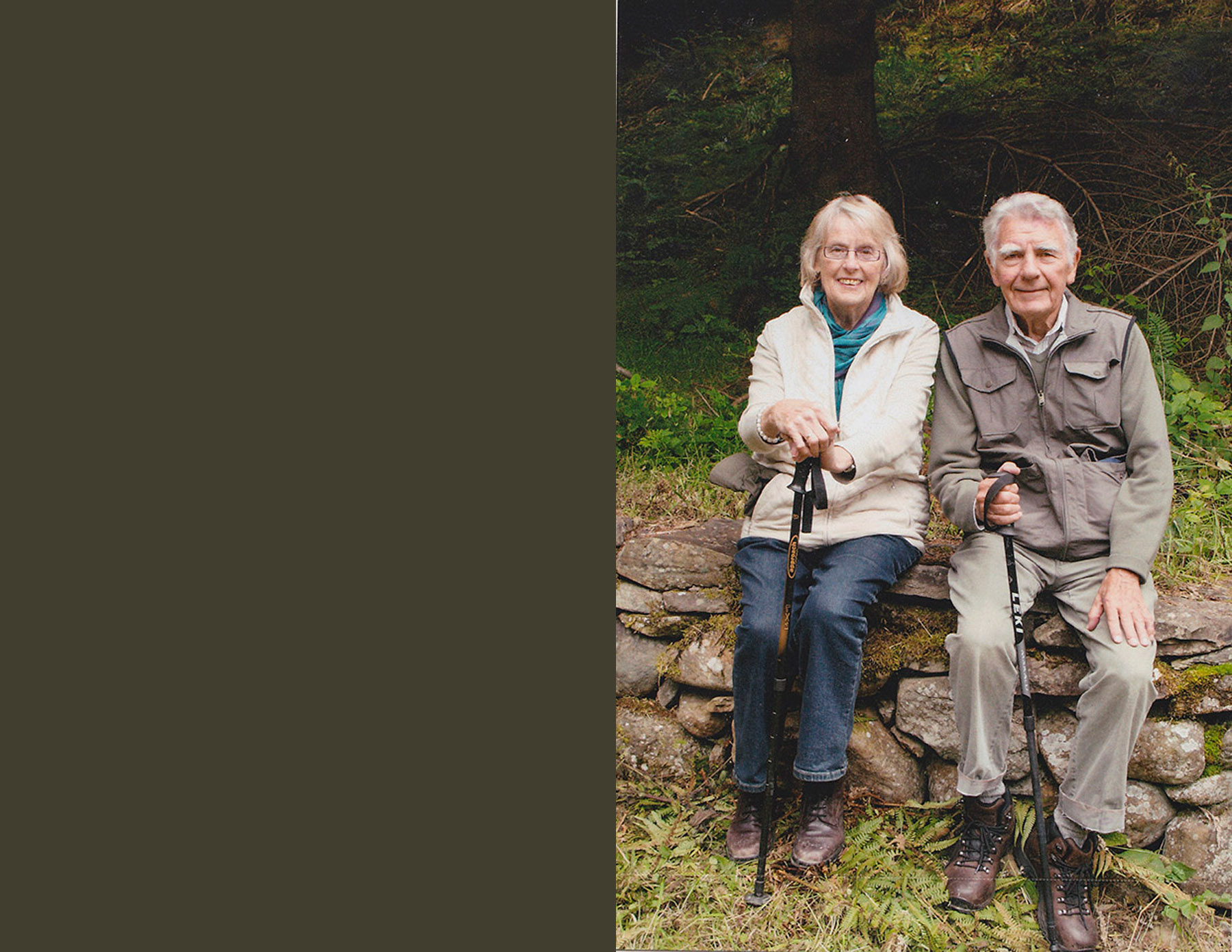
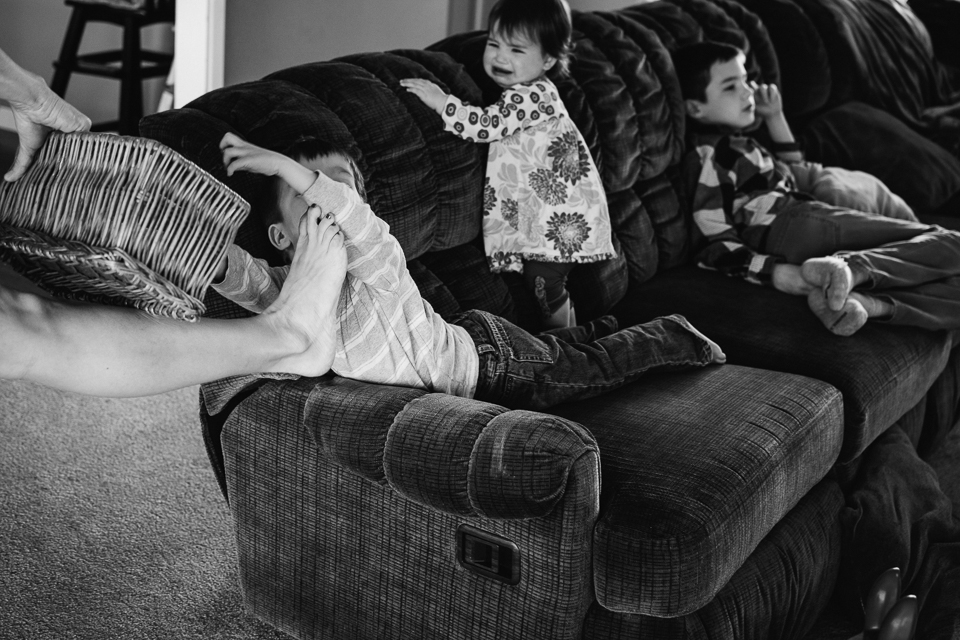
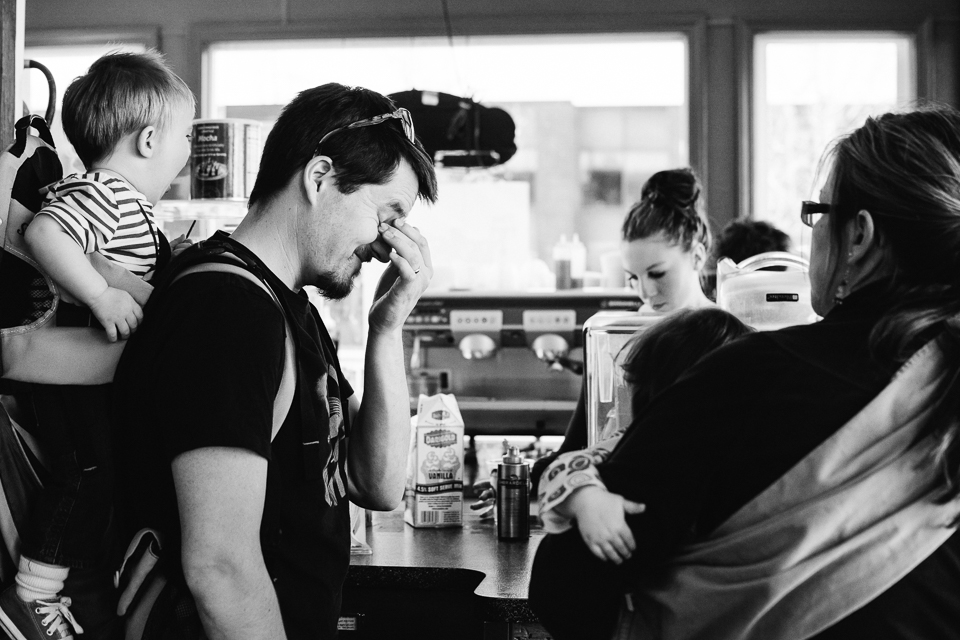
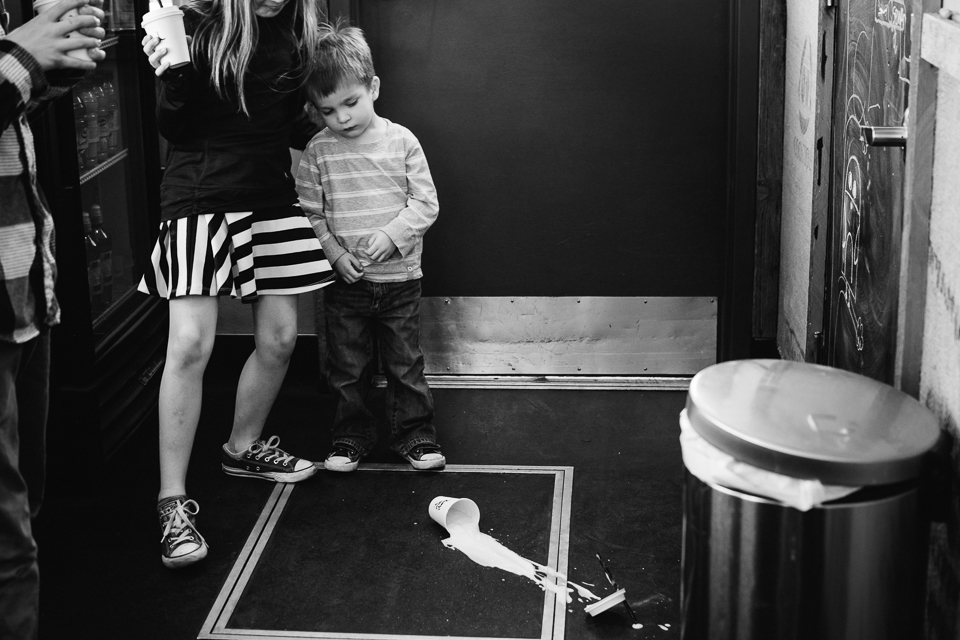 What is the best tip you’ve gotten or learnt when it comes to documentary photography?
What is the best tip you’ve gotten or learnt when it comes to documentary photography?